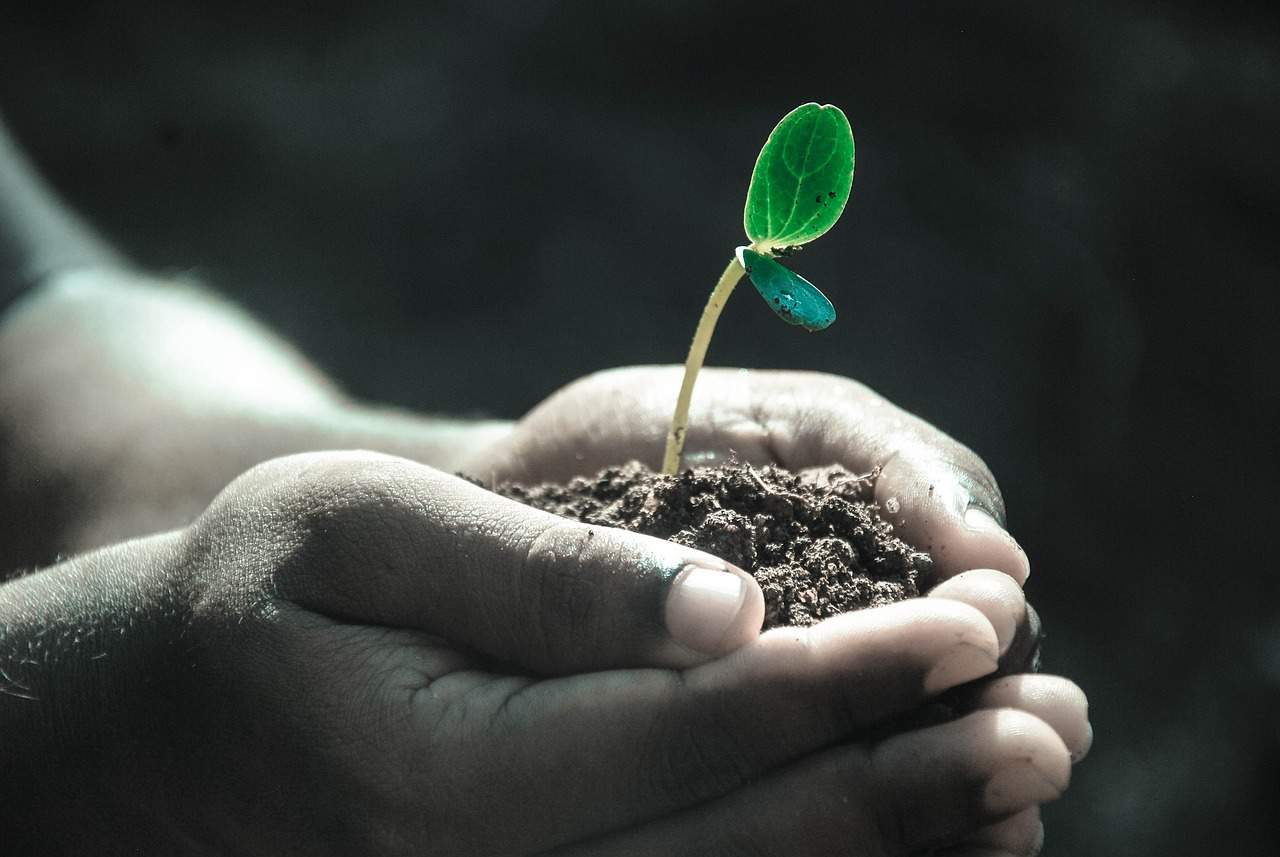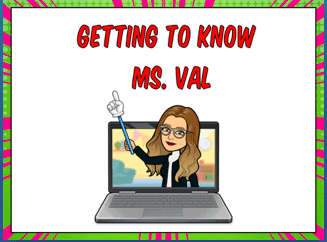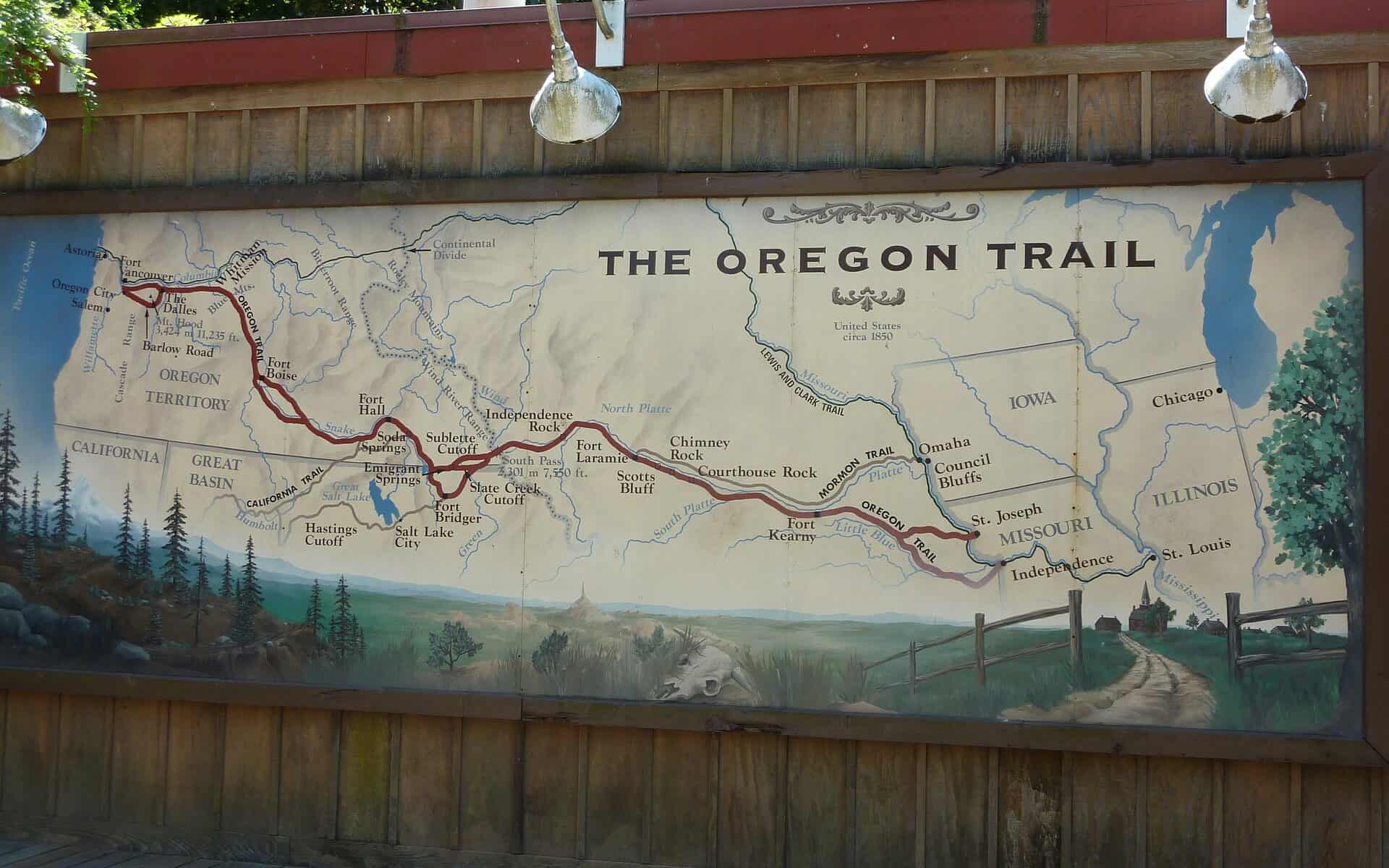Over the course of this semester, I have learned how to use multiple new sites that I can actively see myself using when I become a future teacher. Using new technology is essential for teachers because it allows us to stay current and adapt to the rapidly changing world of education. In today’s digital age, technology has become an integral part of the learning process, and teachers who are proficient in using it can provide students with more engaging and interactive learning experiences. These are some of my favorite post that i have made this semester. I hope you enjoy!
Find Your Own College story
Google Forms can be an effective tool to use in my 4th grade classroom. It allows me to create surveys, quizzes, and polls that students can complete online. I can use Google Forms to gather information from my students, such as their interests, opinions, or understanding of a topic. Additionally, I can use it to create assessments and track my students’ progress throughout the school year. The platform is user-friendly and customizable, allowing you to choose from a variety of question types, add images or videos, and set up automated grading. By using Google Forms, i can save time grading and gain valuable insights into your students’ learning needs.
Showcase Lesson
By: Ella Parker and Valerie Garcia
Hello 4th graders! Today, we’re going to use technology to explore the fascinating lives of some of the most important women in history. By using technology, we can learn about the incredible achievements of women from all around the world, and how their actions and contributions have shaped the world we live in today. We will be using some amazing resources like websites, and making our own books to learn about these incredible women, and discover how they made a difference in their time. So get ready to put on your explorer hats, and let’s use technology to dive into the stories of some amazing women who changed the course of history!
The book being made by the students will be the final part of our unit on woman history month. Over the course of this unit the students have been learning about important women in history and the teacher will allow the students to branch out and pick a woman in history that speaks to them and inspires them. The book they make will be presented in front of the whole class so as to learn from their peers.
By the end of this instructional lesson, students will be able to effectively use technology to research and gather information about important women in history, including their achievements, contributions, and impact on society. Students will be able to navigate websites, use search engines to find relevant information and evaluate the credibility and reliability of sources. They will also be able to organize their research and present their findings in an organized and engaging way using technology tools such as the book they are making.
The technology being used in this lesson is google docs to draft their book, book creator to make their book, google sites to keep an inventory of all the books made, and lastly the search engines they are using to find their research.
Technology is supporting the instructional goal because they are using these tools to gather credible information on a woman that inspires them and showcasing this in a way that is accessible to everyone.
https://docs.google.com/document/d/1Sg5Nd1tuMk1wFvuJDik-VXSEcSJqVIc2GepjIk3MHao/edit
(planning worksheet)
(site to post the student’s books on)
Example Book Below:
Native Tribes Lesson
By: Sarah Beth Leach and Valerie Garcia
This google site guides students through learning about two different native tribes from Oregon. This lesson is aimed for 4th grade students, and entails having two different pages with information as well as an exit ticket where students can demonstrate what they learned from the lesson.
https://sites.google.com/view/4thgradenativetribeslesson/home

Featured Image
Image by Michal Jarmoluk from Pixabay
Getting to know your 4th grade Teacher.
Building trust and relationships with your students is very important for us as teachers. This is because we need our students to know that we are there for them, allowing them to learn topics and subjects with an open mind and heart. Trust is also a two-way street and our students love to hear about us and our personal lives so I decided to make the book about me. The thought behind this book is that I will show my students at the beginning of the school year when we are starting to build the foundation of our relationship. This could even lead to an activity in which the students make a book about themselves and once a week we have someone read their book out loud like I demonstrated and showed.
https://read.bookcreator.com/PoegPsnK9eShKv0jIqvLoYmAa0v2/zXP7pbExTIGt9_VNWRKq3g
I am from Down South
by Valerie Garcia
I am from heat and flat lands
from bales of hay and picket fences
I am from the state flower of bluebonnets
bell-like petals so tall and tinder that it leans to one side
I’m from eating tamales on Christmas Eve and beautifully arched eyebrows
form Dominguez and Garcia
I’m from the competitive gene and sore losers
From “calm down hulk” and “make good choice”
I’m from chihuahua
bean tamales and strawberry jello cake
From my grandpa punching a cow in the nose when it tried to ram into him.
The bruised hip of my grandpa when Texas got snow for the first time and she slipped down the stairs
The bulletin board I have in my college house where my family photos and high school memories are alive
I am from those memory’s on the bulletin board that builds me up when college breaks me down.
https://sway.office.com/0OCzJNCY8hz5dr3y?ref=Link
I liked Microsoft sway because it was very easy to work with even without a demo I feel like anyone could get the hang of it and figure it out by themselves. It also helps that we do not have to find our own pictures if we did not want to which makes life a lot easier as well.
Image by Clker-Free-Vector-Images from Pixabay
Oregon Trail
Hello 5th graders! Today we will be expanding our knowledge of the Oregon Trail. I know we started to talk about where the Oregon Trail began and ended, but we have yet to look at a map to get a clearer picture of how long this journey was. For today’s assignment, we will be using Google maps to follow their journey by going through each state they went through and seeing how long it took them to get through that state.
Goal
- Students will be able to use Google maps correctly and by themselves to view the Oregon trail
- Students will go through each state and see how long it would take to walk through it.
Materials
- Google My Maps Account
- Electronic device
- list of states the Oregon Trail went through
- Paper and pencil
Instructions
- Students will log into their Google My Maps account and make their own map of the Oregon Trail based on the list of states they went through from the previous class.
- Once the first map is finished of the full trail they will then do a map of the individual states on the trail.
- They will then check to see how long it takes to walk across that state using the directions buttons and the walk feature.
- Once they finish the individual states they will add up the amount of time it takes to walk each state to get the total time of the Oregon trial journey.
Image by Davgood Kirshot from Pixabay
A.I.: Friend or Foe?

The word A.I. has been thrown around here and there for me but I never decided to look into it till this class where I was encouraged to. When I heard the word A.I. all I could think of was Siri, Alexa, the movie HER, and things of that nature. After playing around with it I’ve decided that A.I. might be an excellent tool for me both now and in the future. I can see how this will be about to help me in my teaching profession when I am stuck on how to make something more palatable for my students such as teaching through song or how intertwining a lesson with an SEL objective or even when I am simply burnt out and just need to one more lesson to get through my week.
I was very broad when I typed in “create a lesson plan for 4th graders about science”.
Lesson Title: "The Science of Sound”
Grade Level: 4th
Duration: 45-60 minutes
Objectives:
- Explain what sound is and how it travels.
- Understand the properties of sound such as frequency and volume.
- Investigate how sound can be changed by objects and materials.
Materials:
- Chalkboard or whiteboard
- Chalk or markers
- Bell or other noisemaker
- Variety of materials (e.g. cloth, foam, paper, plastic)
- Blank paper
- Pencils
Introduction (5 minutes):
- Ask the students if they have ever heard a sound they couldn’t locate, such as a person talking in another room.
- Lead a brief discussion on what sound is and how it travels.
Lecture (10 minutes):
- Using the chalkboard or whiteboard, explain the properties of sound, including frequency (pitch) and volume (loudness).
- Demonstrate the concept of frequency by ringing the bell or making another noise at different pitches.
- Explain how volume can be affected by the distance from the source and the type of material it travels through.
Investigation (20 minutes):
- Have students work in small groups to explore how different materials affect sound.
- Provide each group with a variety of materials (e.g. cloth, foam, paper, plastic) and a bell or other noisemaker.
- Have each group test the materials by ringing the bell or making noise and observing how the sound is changed by the materials.
- Encourage students to make observations and record their results on blank paper using pencils.
Discussion (10 minutes):
- Bring the class back together and have each group share their results.
- Discuss as a class how the results are consistent or inconsistent with what they learned during the lecture portion of the lesson.
- Emphasize the importance of scientific experimentation and observation in understanding how the world works.
Conclusion (5 minutes):
- Summarize the main points of the lesson.
- Emphasize the properties of sound and how it can be affected by different materials.
- Ask the students to think about how they might use what they learned in their daily lives.
Assessment: Observe the students during the investigation portion of the lesson and their participation during the discussion to assess their understanding of the concepts covered. Additionally, review their written observations to assess their ability to record and analyze data.
I then asked “now make a activity and rubric for this lesson plan”. And this is what it gave me.
Activity: “Sound Absorption Experiment”
Materials:
- Bell or other noisemaker
- Variety of materials (e.g. cloth, foam, paper, plastic)
- Blank paper
- Pencils
Instructions:
- Work in groups of 2-3.
- Choose one material from the provided materials.
- Place the material in front of the noisemaker.
- Ring the bell or make noise and observe how the sound is changed by the material.
- Record your observations on the blank paper using pencils.
- Repeat the experiment with each of the materials.
- Be prepared to share your results with the class.
Rubric:
| Criteria | Excellent (4) | Good (3) | Satisfactory (2) | Needs Improvement (1) |
|---|---|---|---|---|
| Participation | Actively participated in group and class discussions | Participated in group and class discussions | Limited participation in group and class discussions | Did not participate in group and class discussions |
| Observations | Accurately recorded detailed observations | Recorded observations with some inaccuracies | Recorded limited observations | Did not record observations |
| Analysis | Demonstrated understanding of how different materials affect sound | Demonstrated basic understanding of how different materials affect sound | Limited understanding of how different materials affect sound | Did not demonstrate understanding of how different materials affect sound |
| Presentation | Clear and organized presentation of results to the class | Presentation of results to the class with some organization | Limited presentation of results to the class | Did not present results to the class |
Note: The rubric can be adjusted to fit the specific needs and expectations of the teacher and class.
Overall what it gave me was a basic but put together lesson plan. It has solid bones and I can always flesh it out more and build it to more of my style of teaching. As a person that takes forever to start something but once I do I am on a roll it will really come in handy because with A.I. I can start it no problem so it will make things for my life a lot more easier.
Food pyramid/chain
Introduction
This lesson is made for 4th graders who are learning about the food pyramid and how it works.
Whenever we learn about animals we all know that there is a hierarchy among animals. We also know that there are two types of animals. Animals that strictly only eat plants are called herbivores such as cows, while animals that eat meat are called carnivores such as lions. There is a third group of animals that eat both plants and animals and they are called omnivores an example of this is pigs.



These are important vocabulary words to know when discussing the food chain because it allows us to know which animals to place on which tier of the food chain.
When building a simple chain we start with the plants then the herbivores and then the ominvores.
Image by Christian B. from Pixabay
Image by Antony Trivet from Pixabay
Image by Antony Trivet from Pixabay
How I feel like this semester will go
I feel that every semester usually goes the same way for me. I will describe it in GIFs so that it is more fun.
The beginning of the semester is always great because we get to see each other for the first time in a while since most of us go back to our hometowns for break. It is also syllabus week, so we have no responsibilities yet, leaving more time for fun.
This is a couple of weeks into the semester where we have our routines figured out and we are still sticking to them. We are also getting into the meat of our classes and being an academic weapon.
Then we get to the 2-week mark before our break (spring break) for the semester and we are going a little stir-crazy and are in much need of a break.
Then….. it….. SPRING BREAK
Time to let lose and have fun!
Then post-spring break, we are all dying inside wishing we had one more week. we are all trying to get back in the groove of things but it’s getting rough but we have to push through.
Finally, we get to finals week…….not a fun week for anyone.









